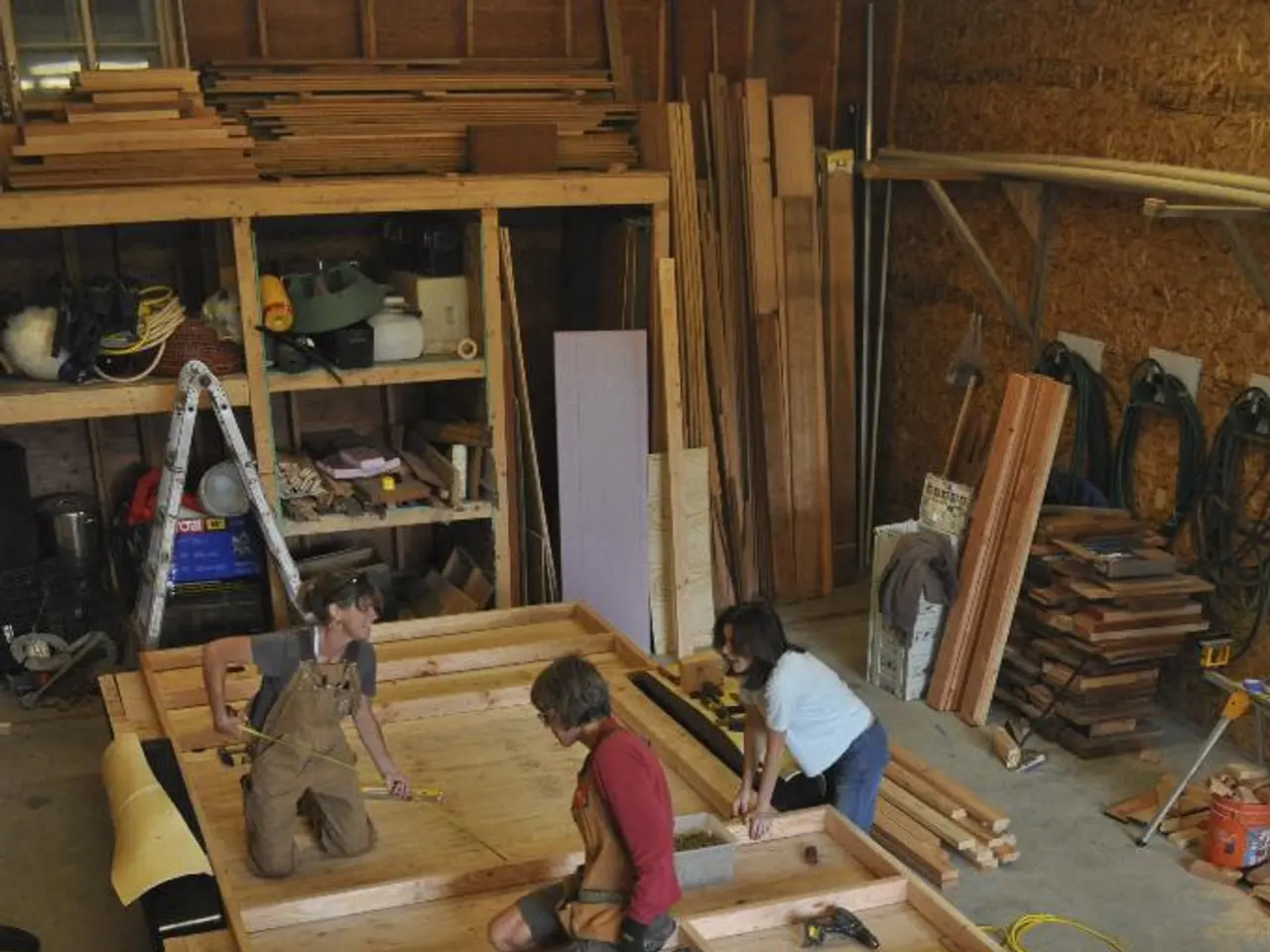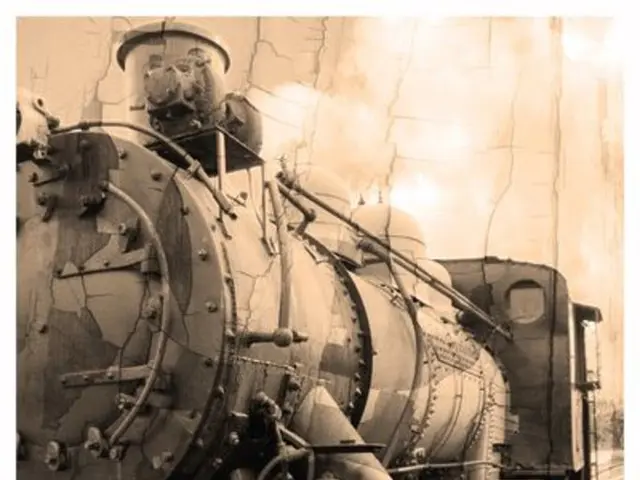Construction Industry Embraces Virtual Reality: Advantages and Real-World Examples
### Revolutionizing Construction: The Rise of Virtual Reality (VR)
Virtual Reality (VR) technology is making a significant impact on the construction industry, offering numerous benefits that range from cost savings to improved safety and collaboration.
#### Current Use Cases of VR in the Construction Industry
VR technology is being employed for a variety of purposes, including design visualization, clash detection, safety training, remote collaboration, on-site augmented reality (AR) guidance, and health & safety, equipment, and maintenance training.
With VR, stakeholders can explore digital 3D models of construction projects interactively, providing immersive walkthroughs that help clients, architects, and investors understand the design intent and make informed decisions faster. Advanced 3D modeling combined with VR allows project teams to identify and resolve conflicts between structural, mechanical, electrical, and plumbing (MEP) components before construction begins, reducing costly rework.
VR creates realistic simulations of potentially hazardous construction scenarios, training workers to recognize and manage risks without exposing them to real-life dangers. This immersive training increases safety awareness and preparedness, leading to fewer accidents on-site. VR also facilitates virtual design reviews and collaborative problem-solving among teams distributed across different locations, improving communication and coordination without the need for physical site visits.
#### How VR Can Improve Project Outcomes
VR technology offers numerous advantages that can significantly improve project outcomes. By visualizing and reviewing digital models in VR, discrepancies are identified and corrected early, minimizing costly changes and delays during actual construction. VR-based safety training reduces workplace accidents by preparing workers for high-risk situations in a controlled, virtual environment.
Immersive walkthroughs enable quicker client and regulatory approvals, accelerating project timelines. Improved collaboration and productivity result from teams being able to collaborate in real time, regardless of location, ensuring everyone is aligned and issues are resolved promptly. Cost savings are achieved through early clash detection, fewer errors, reduced rework, and smoother communication.
VR training can be deployed at scale to upskill large workforces quickly and consistently, improving both quality and efficiency on-site. When combined with AI and IoT data, VR can support predictive maintenance and lifecycle management of buildings, extending value beyond the construction phase.
#### Challenges and Considerations
Despite the numerous benefits, there are challenges associated with the adoption of VR technology in the construction industry. The initial cost of hardware and software, the learning curve for new users, integration with existing systems, and potential resistance to adopting new technologies can present obstacles. However, as the market grows—projected to reach $3.4 billion in construction by 2025—adoption is expected to continue rising as the value proposition becomes clearer.
#### Summary Table: VR Use Cases and Benefits in Construction
| Use Case | Key Benefit | Industry Impact | |-------------------------------|----------------------------------------------|-------------------------------| | Design Walkthroughs | Improved understanding, faster approvals | Accelerated project timelines | | Clash Detection | Reduced rework and errors | Cost savings, fewer delays | | Safety Training | Lower accident rates | Enhanced worker safety | | Remote Collaboration | Streamlined communication | Increased productivity | | AR/VR On-Site Guidance | Precise installations | Minimized errors | | Predictive Maintenance (AI/VR) | Extended asset lifecycle | Lower long-term costs |
VR is transforming construction by delivering more accurate, safe, and collaborative project outcomes, making it a strategic investment for forward-looking firms. The technology is being used in various aspects of the industry, including civil engineering, and is expected to continue growing in popularity as its benefits become more widely understood.
In the realm of finance, virtual reality (VR) technology's impact on the construction industry could potentially open up new avenues for investment, as the market for VR in construction is projected to reach $3.4 billion by 2025. Businesses involved in technology and gadgets might want to explore opportunities in providing VR solutions and services tailored to the construction sector.
Furthermore, the integration of advanced technologies like artificial intelligence (AI) and the Internet of Things (IoT) with VR software can offer significant benefits in areas such as predictive maintenance and lifecycle management, creating potential business opportunities for technology startups and finance companies in these sectors.







